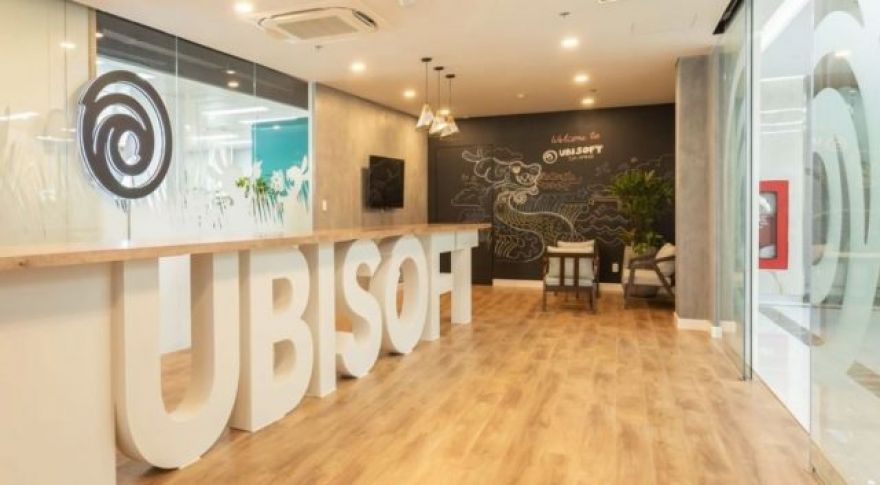
Gaming is an expensive hobby, particularly when you can’t even buy the latest consoles without paying a scalper double MSRP. The games themselves are getting more spendy, too. After several publishers have gotten on board with $70 AAA pricing, Ubisoft has admitted it’s planning to do the same, starting with the upcoming release of Skull & Bones. Over the past 20 years, the price for a new, high-end game has gone from $50 to $60, and then to $70 starting in 2020. That’s when Take-Two released NBA 2K21 at the new $70 price point. It was followed by Activision Blizzard with Call of Duty: Black Ops Cold War, and much of Sony’s launch lineup for the PS5.
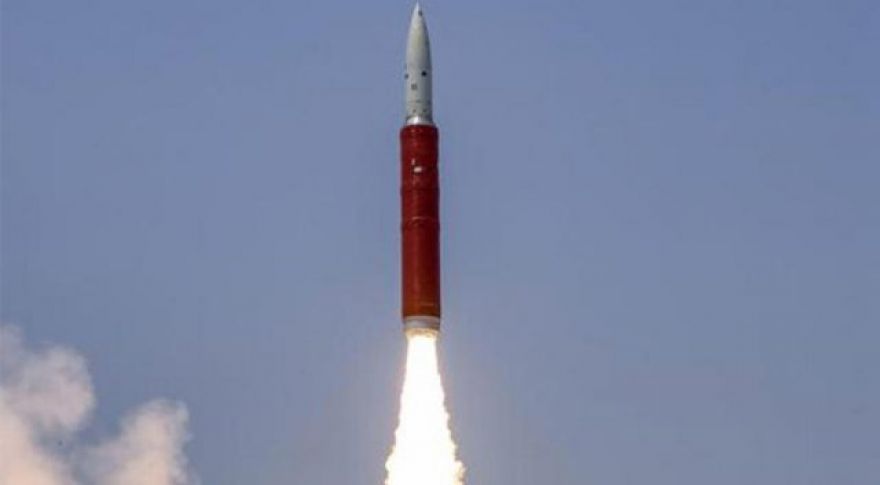
The United States decided earlier this year to end testing of anti-satellite (ASAT) weapons, and now it hopes to get the rest of the world to follow suit. Later this month, the US will introduce a resolution in the United Nations General Assembly to ban the use of such weapons. The US government has strategic reasons to want ASAT out of the picture, but this is also something that space agencies around the world have been hoping to see. Vice President Kamala Harris announced the self-imposed ban on ASAT use in April at a speech at Vandenberg Space Force Base.

(Image: TR/Unsplash)Pumpkin spice lattes aren’t the only thing Starbucks is hyped about right now. Starting this year, the multinational coffee chain is bringing NFTs into its widely loved loyalty program. The integration, called Starbucks Odyssey, allows those participating in the loyalty program (referred to as Starbucks Rewards) as well as employees to earn and purchase special blockchain tokens. Each is designed to “unlock digital, physical and experiential benefits that are uniquely Starbucks,” according to executive vice president and chief marketing officer Brady Brewer. These benefits range from virtual coffee mixology classes, access to special merchandise, event invites at Reserve roasteries, and trips to the brand’s Costa Rica coffee farm.
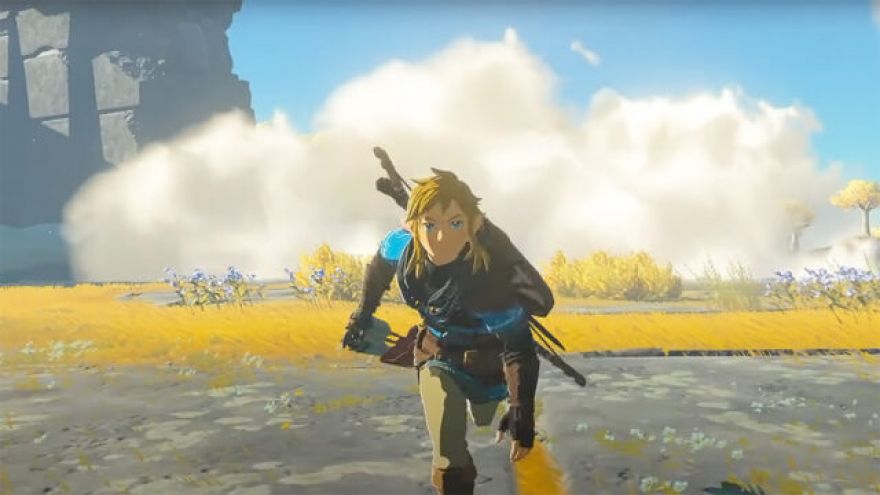
(Credit: Nintendo) More than 20 new titles were introduced yesterday during Nintendo’s first full-length Direct since February. For the first time since before the COVID-19 pandemic, fans were able to watch the event together at Nintendo NY, the brand’s New York City merchandise store. Nintendo’s rapid-fire announcements included some highly anticipated games. First, the elephant in the room: Yesterday’s confirmed the real name of what was previously called Breath of the Wild 2, a Legend of Zelda title that fans (who by now have probably replayed Breath of the Wild more than once) have been looking for since the last game’s release in 2017.

(Photo: Dylan Gillis/Unsplash)Most of us know autism exists on a spectrum, manifesting in different ways for different people. Despite these variables, studies on autism have routinely excluded girls and women, making it difficult for an entire gender to receive formal diagnoses and access certain resources. A out of MIT recently examined the way researchers assess candidates for autism research. They zeroed in on the Autism Diagnostic Observation Schedule (ADOS), a common measure of determining whether a person is on the spectrum. If the ADOS indicates a person has autism, they’re eligible to participate in the study; otherwise, they’re dismissed.
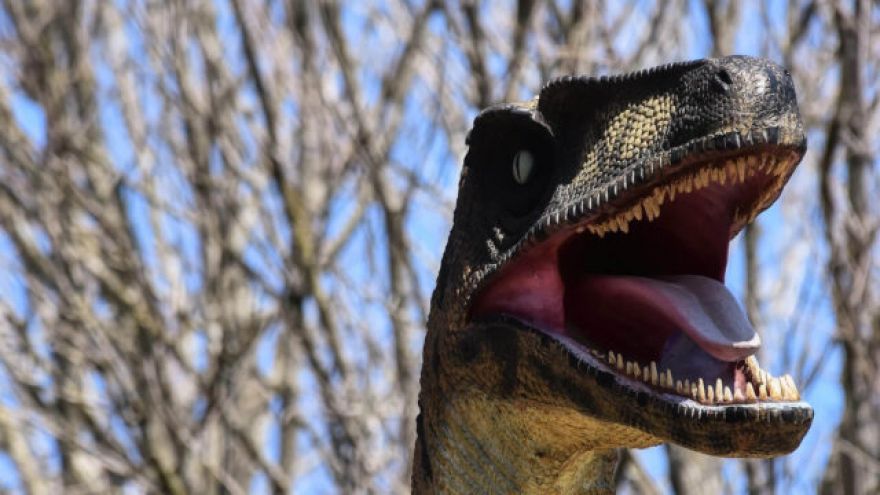
(Photo: Ray Shrewsberry/Pixabay)This week Intel is hosting an event in Israel to discuss its upcoming Raptor Lake CPUs, now officially 13th Gen Intel Core CPUs. Many leaks have already signaled Raptor Lake’s overclocking capabilities, but now Intel itself has confirmed the absolute peak: 6GHz. To us, that sounds like an Intel Core i9-139000KS, which hasn’t been announced yet. For the record, that’s 300MHz higher than that of its main rival: AMD’s Ryzen 9 7950X, which has a 5.7GHz boost clock. News of this landmark achievement in CPU clocks, assumedly without fancy cooling, comes from Tom’s Hardware. It snapped a of a timeline Intel posted showing its “history of being 1st & solving big problems.
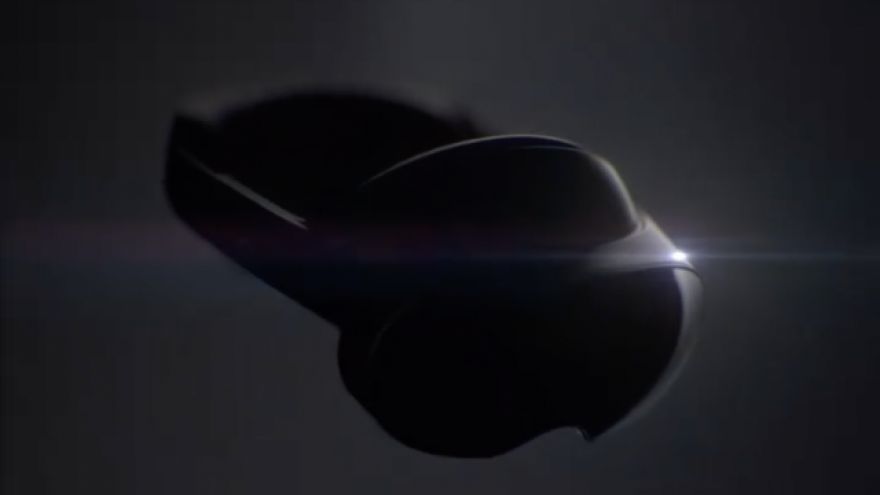
Meta is expected to unveil the much-anticipated next month, but there’s not as much mystery now. Someone reportedly left the upcoming Quest 2 successor in a hotel room, which is only slightly worse than leaving it in a bar, a la the iPhone 4. Some images and videos of the device have now been shared online, showing off the new “Meta Quest Pro” branding. It has been almost two years since the Quest 2 launched, offering a marked improvement in image quality. It was about the same size as the original Quest, though. When Facebook (now Meta) began talking about Project Cambria, it highlighted its slimmer profile and pancake lenses.

(Photo: Siora Photography/Unsplash)A new type of contact lens from Johnson & Johnson filters out blue light before it can hit the retina. Blue light is a form of high-energy light that sits just after ultraviolet light on the visible electromagnetic spectrum. It’s technically everywhere, but it’s a bit more concentrated when it’s emitted by digital screens, like your computer monitor and your smartphone screen. Some worry blue light damages the eye, resulting in gradual vision loss and discomfort. While plenty of glasses manufacturers offer “blue light-blocking” coatings for prescription lenses, this doesn’t prevent contact lens wearers from being inundated by blue light.

(Photo: NASA)With concerns over space debris quickly growing, the Federal Communications Commission (FCC) has proposed a new rule that would require satellites to deorbit within five years of retirement. Though space is vast, it’s unwise to think of it as an endless trash can. Hundreds of thousands of pieces of junk are currently floating in space, and each presents a collision risk. A lot of space junk is the result of unused or formally retired equipment that’s been left in orbit. As aerospace agencies continue to launch more equipment, the amount of stuff in orbit piles up, increasing the odds that two or more objects will collide.









